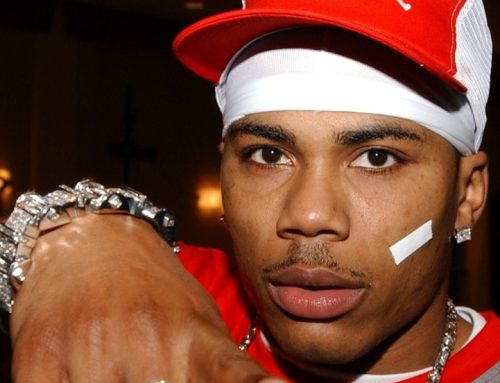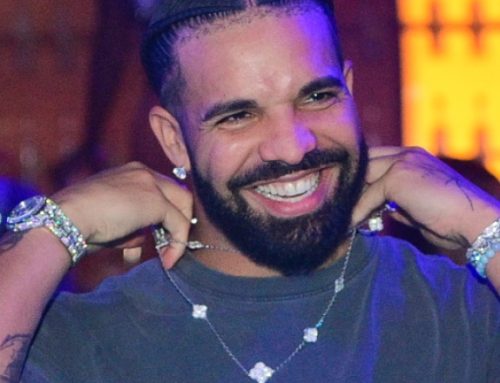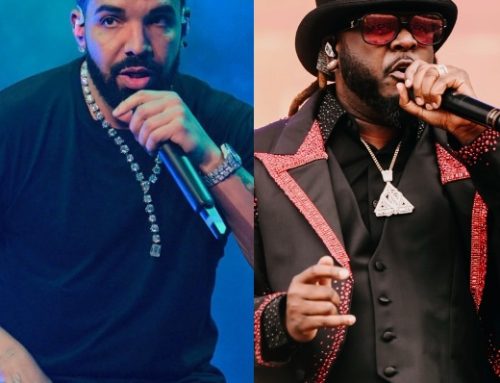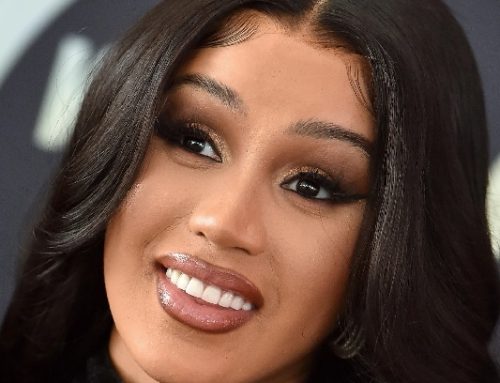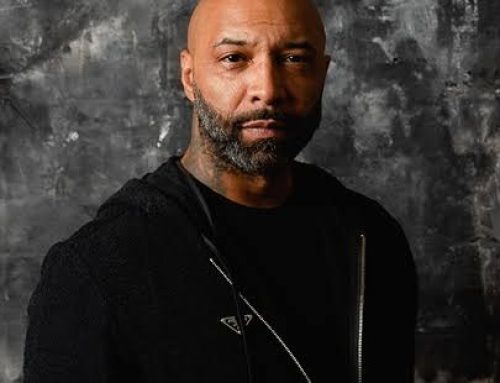Director Vikram Gandhi hoped to decode the impossible in the new Hulu documentary 69: The Saga of Danny Hernandez — unpacking the human being underneath the controversial Tekashi 6ix9ine facade.
While the rapper declined to take part in telling his story, the film features in-depth interviews with those close to him along his quick and chaotic rise to fame, plus his time in the S.C.U.M. hang and the trial in which he infamously testified against Brooklyn gang the Nine Trey Gangsta Bloods.
See below for things we learned from 69: The Saga of Danny Hernandez
1. Tekashi “felt invisible”
The rapper’s colorful hair, face tattoos and obsession with attention was a direct response to his more reserved persona in high school. “I had to make a loud presence,” he’s heard saying in a voiceover.
“I stand out for the kids who can’t stand out for themselves,” he says elsewhere in the doc. “Cool to be a bum, cool to be poor.”
2. Tekashi’s participation in Loaf Muzik collective launched his creative career
“It started with the MCs and then it became a home for other young kids in Brooklyn, Bushwick to create,” fellow rapper Shadow the Great explained. “Loaf was an opportunity for him to express himself and escape the realities of what he was going through on his side because I know his father died. Like for all of us, I felt like Loaf was the father figure. Danny, it was his home and he fit into that. Before that, he knew nothing about music. He never performed a day in his life. Never went to a party, never went to a show. We introduced him to our own collective and gave him a home where he can be himself and create. And that’s where he started creating clothing.”
Tekashi’s clothing line had the “shock value” he craved, featuring t-shirts and hats with the words “HIV” and “p—y eater.” The pieces made their way around the Internet, giving the rapper his first taste of “clout.”
3. His stepfather’s murder changed his life
Tekashi’s stepfather, whom he was very close with an considered a father figure, was murdered when the rapper was just 13. “I think it just makes him feel like he can’t get close to anybody now,” said Sara Molina, who shares daughter Saraiyah with Hernandez. “I feel like he feels like he don’t deserve anything good.”
A voiceover is then heard in which the “FEFE” rapper compared his stepfather to a superhero, and how his death made him want to rise up against society. “When they took my pops from me, they made me rebel,” he shares. “They made me angry. I don’t want to be a superhero, I want to be a villain. F–k superheroes.”
4. Tekashi developed a huge fanbase in Slovakia
Before kicking off in the United States, 6ix9ine’s rap was making waves over in Slovakia. He was signed to the country’s FCK THEM label, founded by Yaksha. “I showed him for the first time what his life as a successful performer could look like,” the record exec shared.
5. The rapper bought red bandanas for the Bloods in the “GUMMO” video
6ix9ine began his run with the Bloods in late 2017. The “GUMMO” music video, released in Oct. 2017, featured a number of gang members sporting red bandanas. “The real Danny is a kid. That was the real Danny,” Tr3yway Entertainment’s Chanelle said in the doc. “He liked to play fight, you know, he think he could wrassle. Then, he turned to Tekashi, the Mexican Blood rainbow-haired gangster.”
“The [red] bandana was the biggest prop he could ever use,” DJ PVNCH added.
“After we shot ‘Gummo,’ I knew the formula was to repeat it,” the rapper is heard telling a lawyer. “To repeat the gang image. It was just a formula, a blueprint I thought that worked.”
6ix9ine later joined the notorious Nine Trey Bloods.
6. Former NYPD member Derrick Parker shares details on police’s Rap Unit
“While I was in the NYPD, they created a unit that was called the Rap Unit. There was a lot of violence in the rap music industry. Rappers were perpetrators or they were victims. When Biggie got killed, his death opened up the eyes of the police department.”
“I remember I had to go out and I had to monitor where they went, what kind of venues they went to,” he continued. “Not just to profile them but to keep them out of trouble. The federal government has wire taps, cell phone traps, traces, and remember in New York City, we have cameras everywhere. You say Big Brother’s watching.”
According to Parker, the FBI informed 6ix9ine of a recording in which his associate Shotti threatened him and coerce him to cooperate with the feds.
7. Driver Jorge Rivera was the FBI informant
ICE came to his house in 2018, and took him to the Hudson Center detention center in New York City. They kept Rivera there for 41 days, and would only release him if he cooperated with the FBI.
On whether he’s scared of the Bloods, Rivera shared that he was nervous in the beginning but not as much now. “I change my car, but still, I can’t change my face,” he said.
8. 6ix9ine’s alleged biological father showed up to his sentencing
“My life is so crazy, I don’t know if this is a joke anymore,” the rapper told the judge.
“He knows how I went to jail,” Daniel Hernandez Sr. says in the documentary. “He knows I was locked up. He always wanted to be a gangster. I know that I affect him, you know what I’m saying? I think he took that from me.”
“I would love to tell him that I miss him, that I love him with all my heart,” the rapper’s father added.
9. Molina says Tekashi’s relationship with his daughter is “nonexistent”
Molina moved out of Brooklyn with her daughter and to an undisclosed location. “We didn’t feel safe,” she shared.
“He was never really a present father at all, whatsoever,” she shared. “He uses my daughter to gain likeness, to gain sympathy. Like, ‘Look, I’m a good dad. I’m a good guy. I’m a dad. I have a daughter I care about. I need to come home, please Judge. I want to see my daughter.'”
“He uses my daughter when it’s convenient for him,” she continued.


